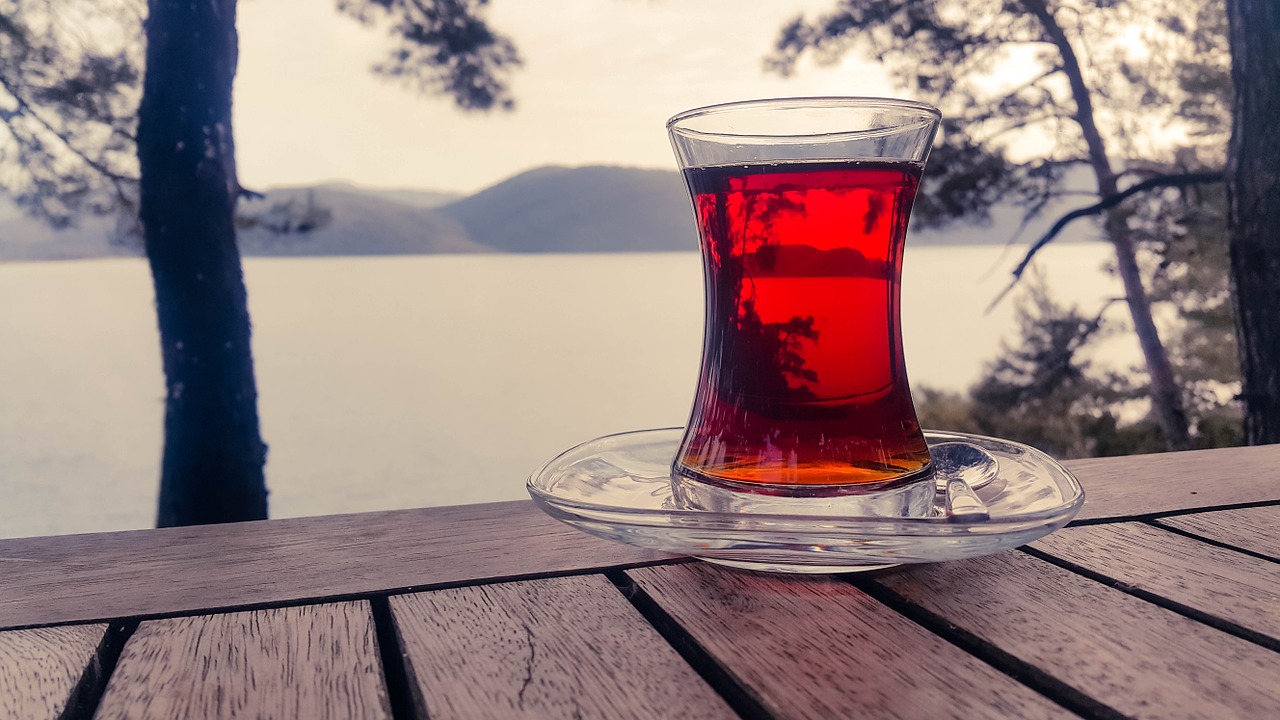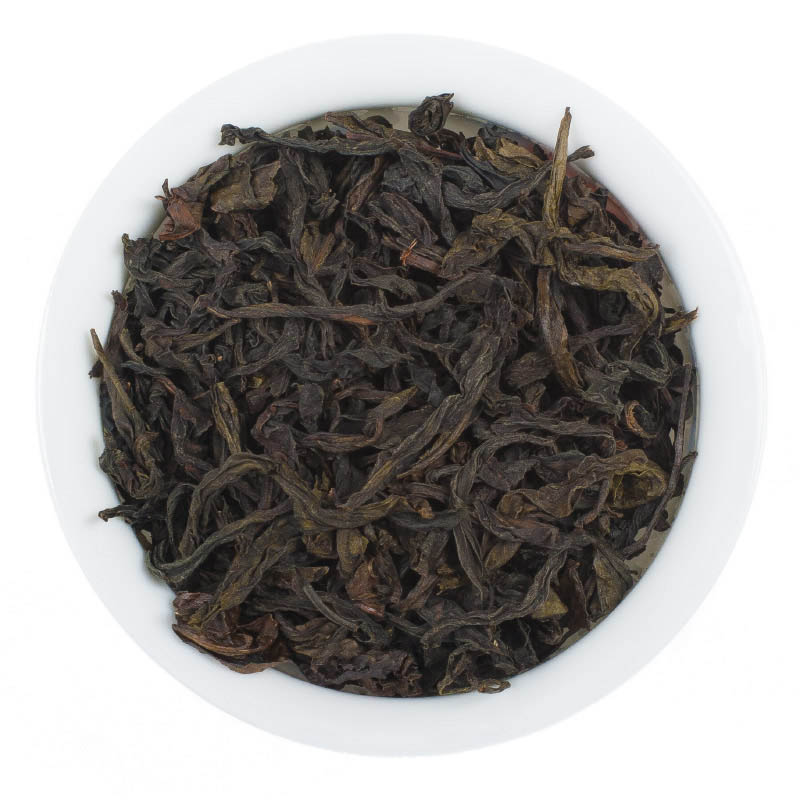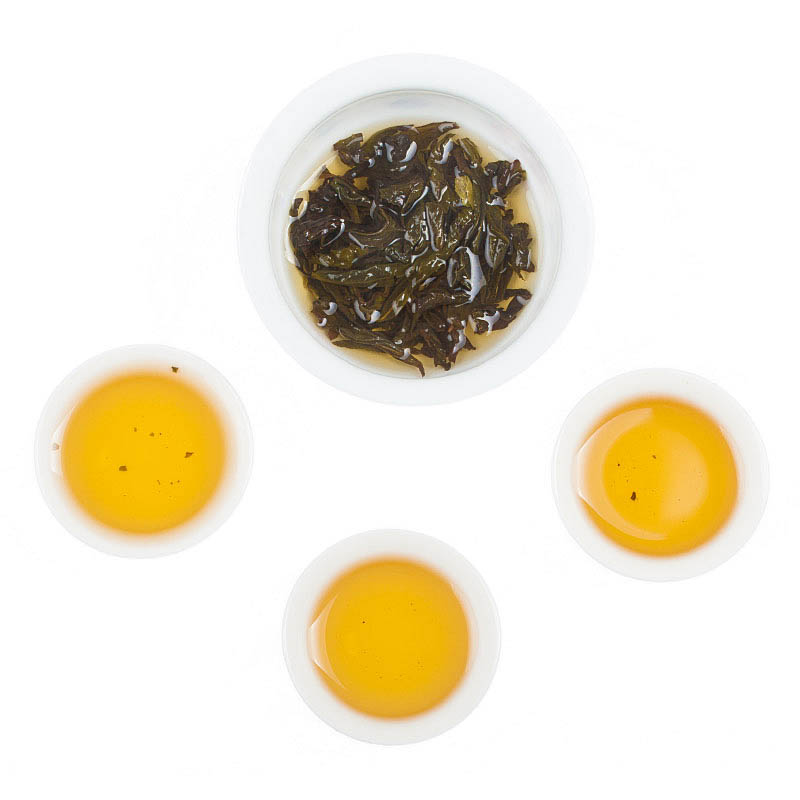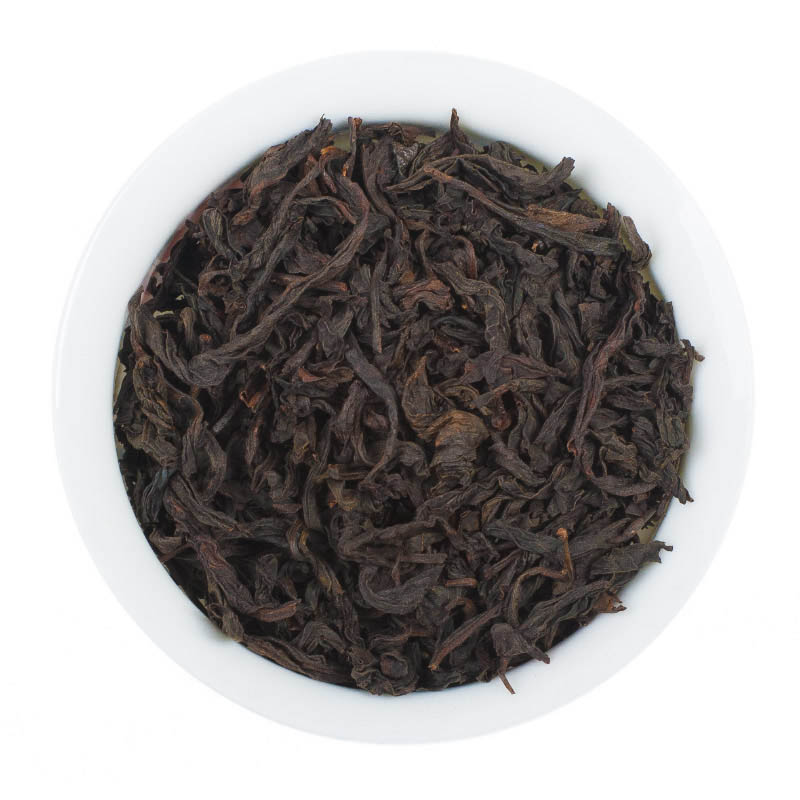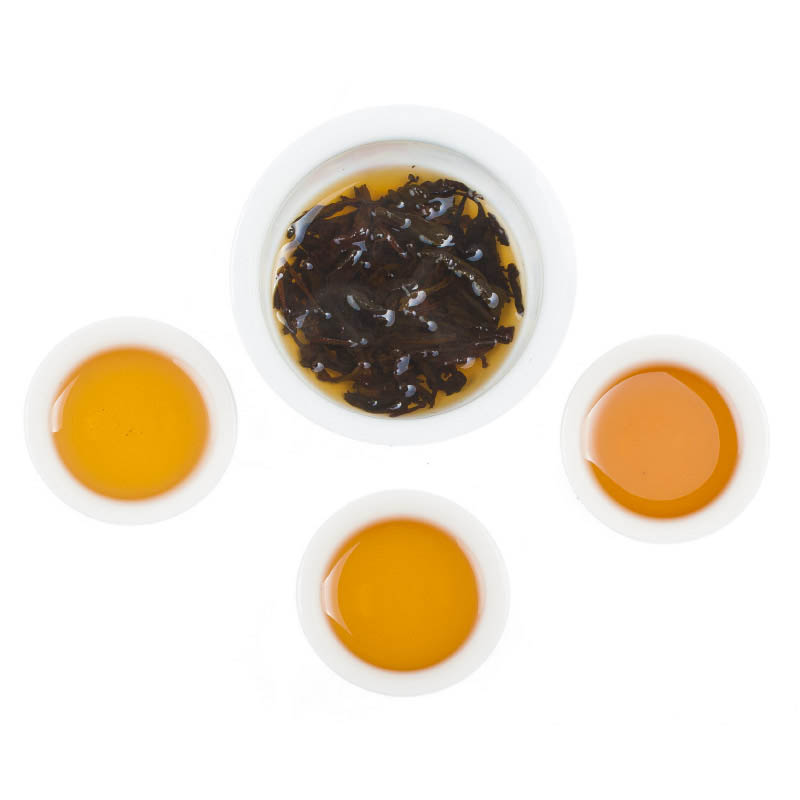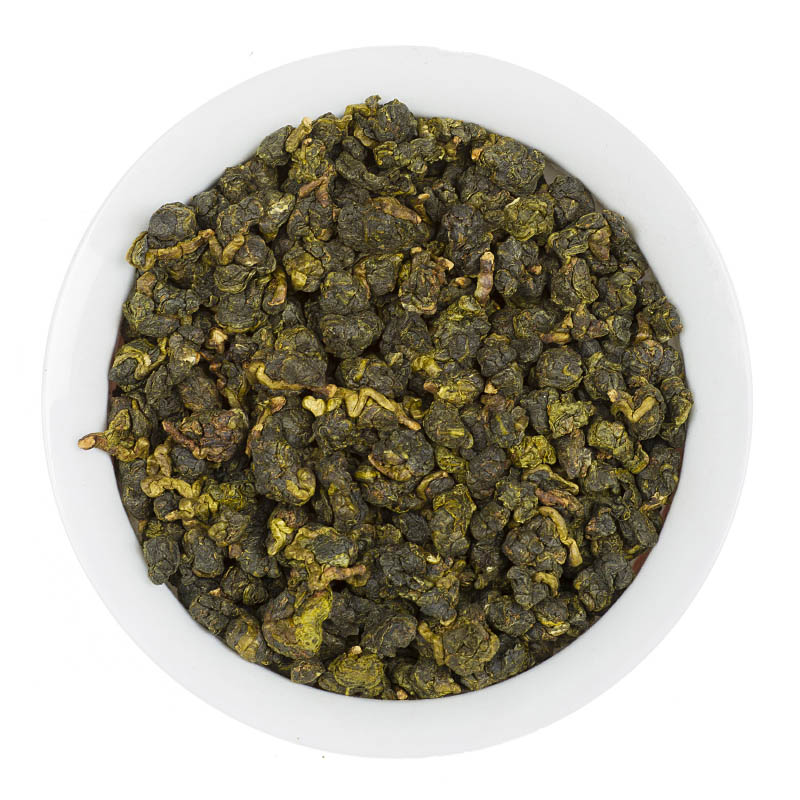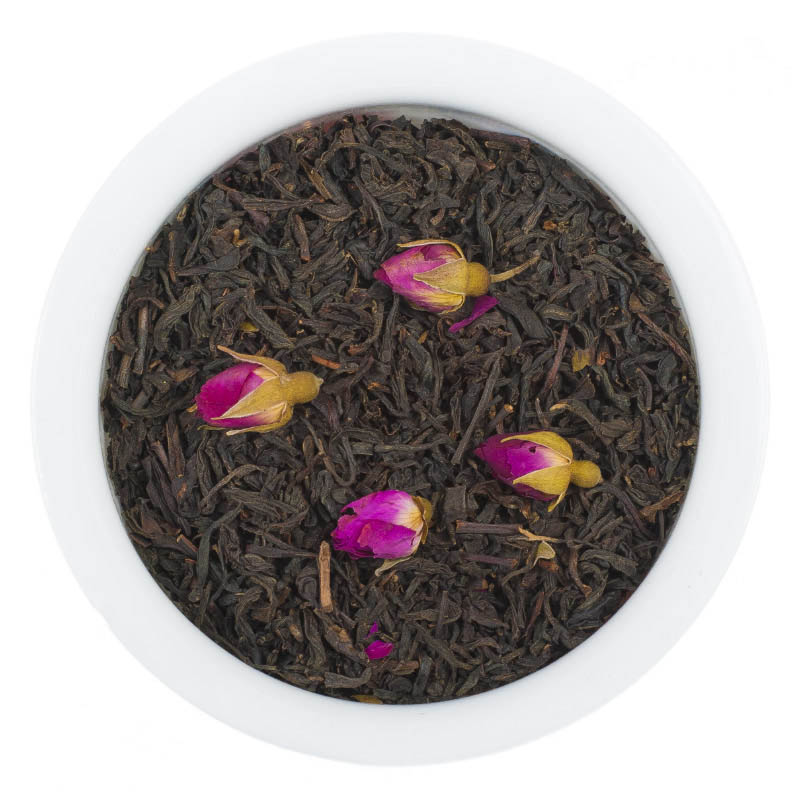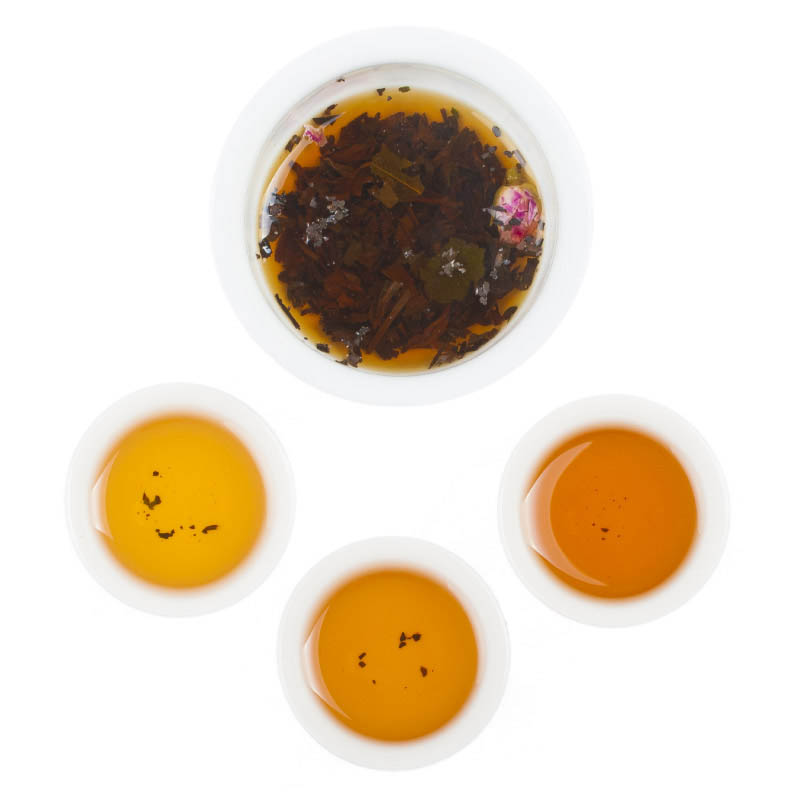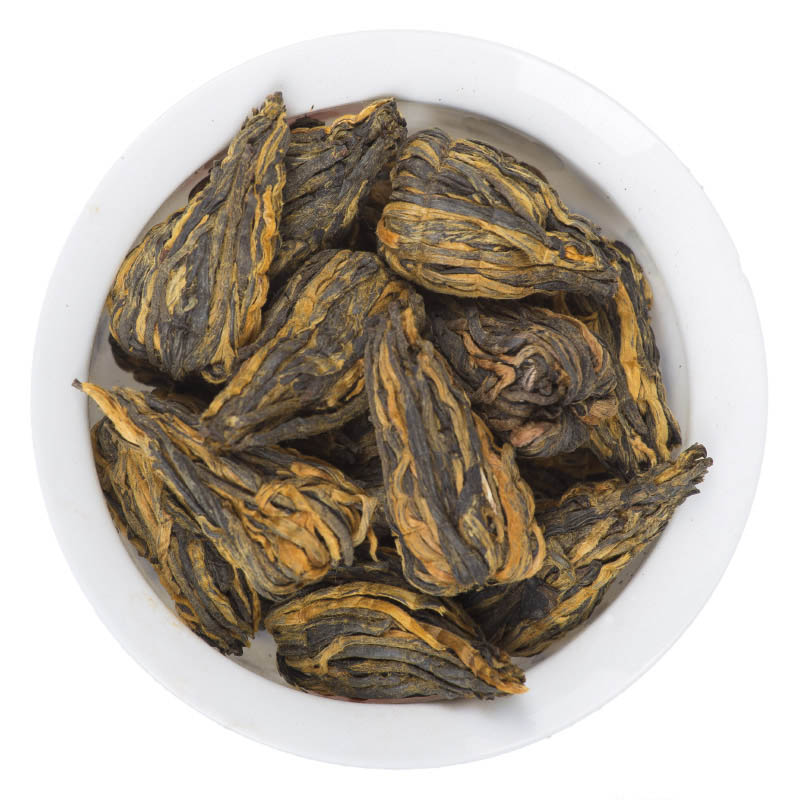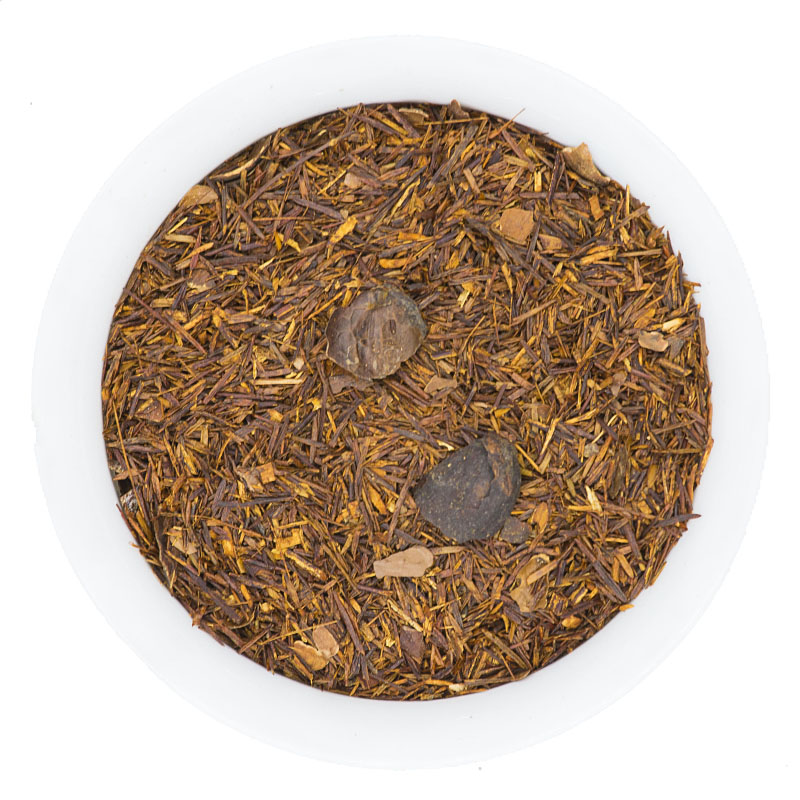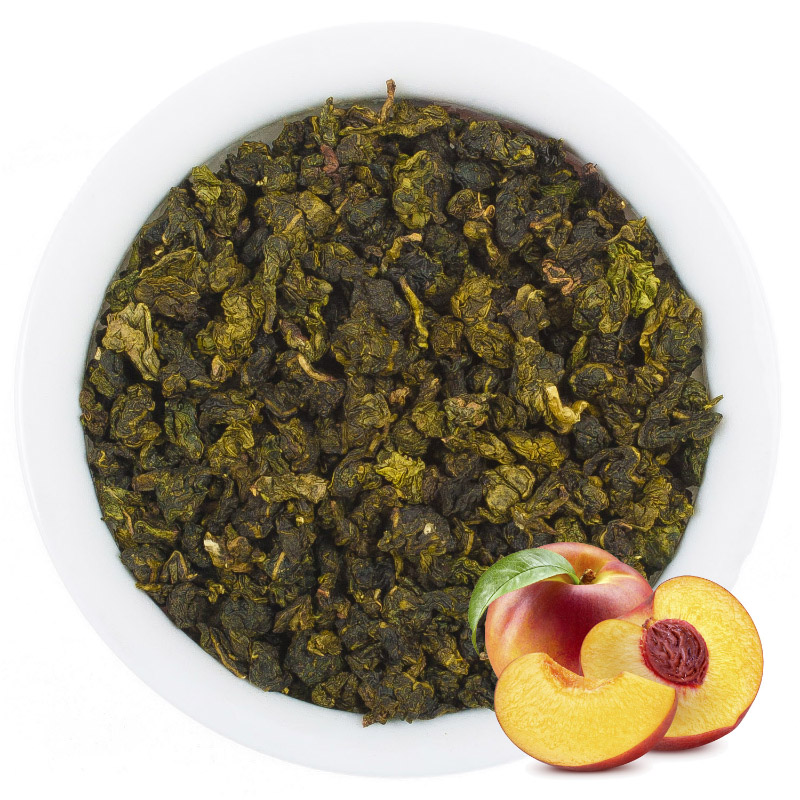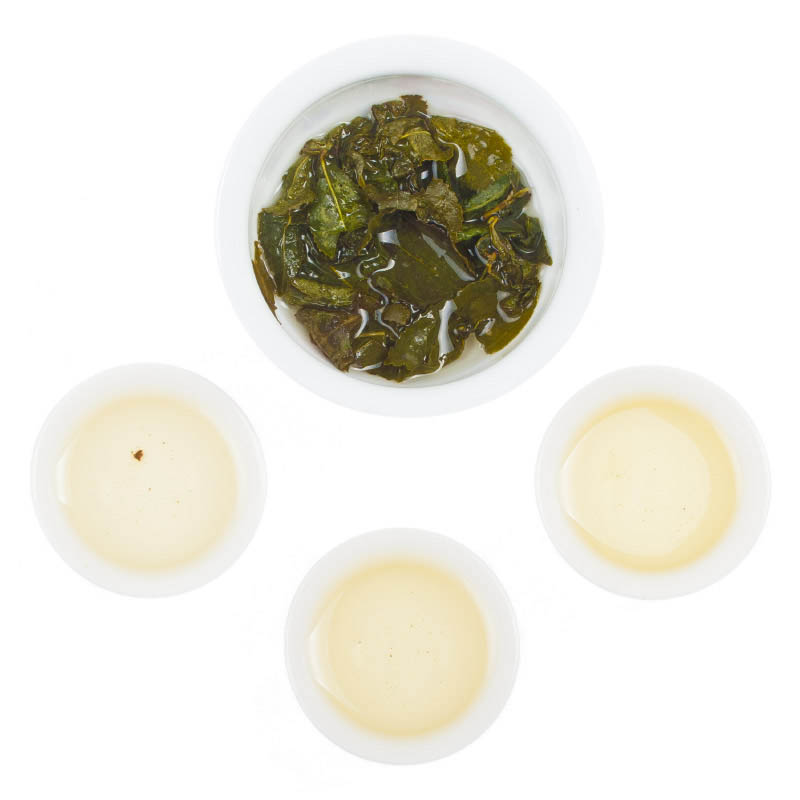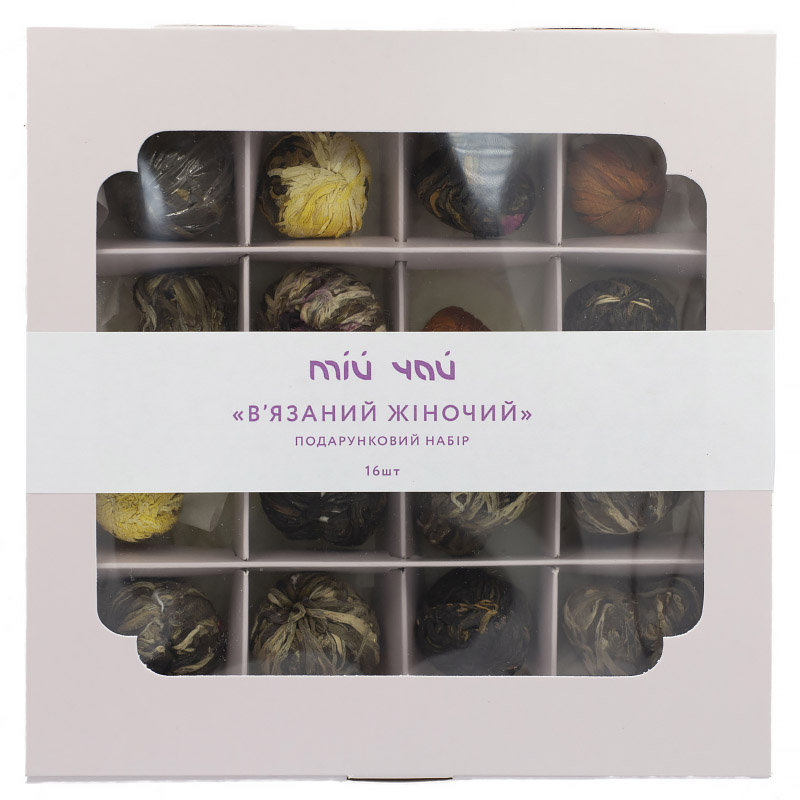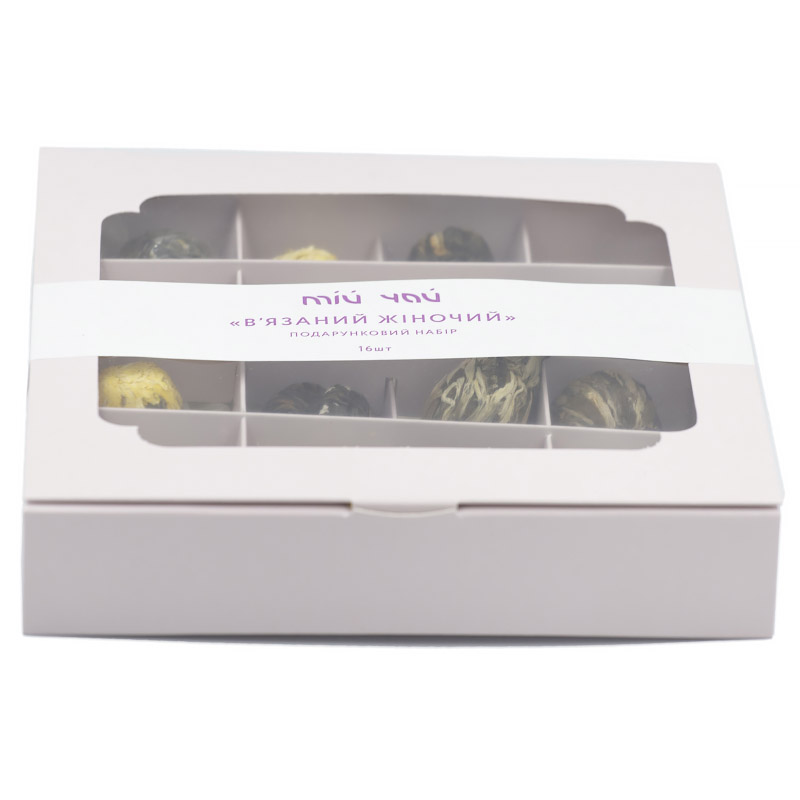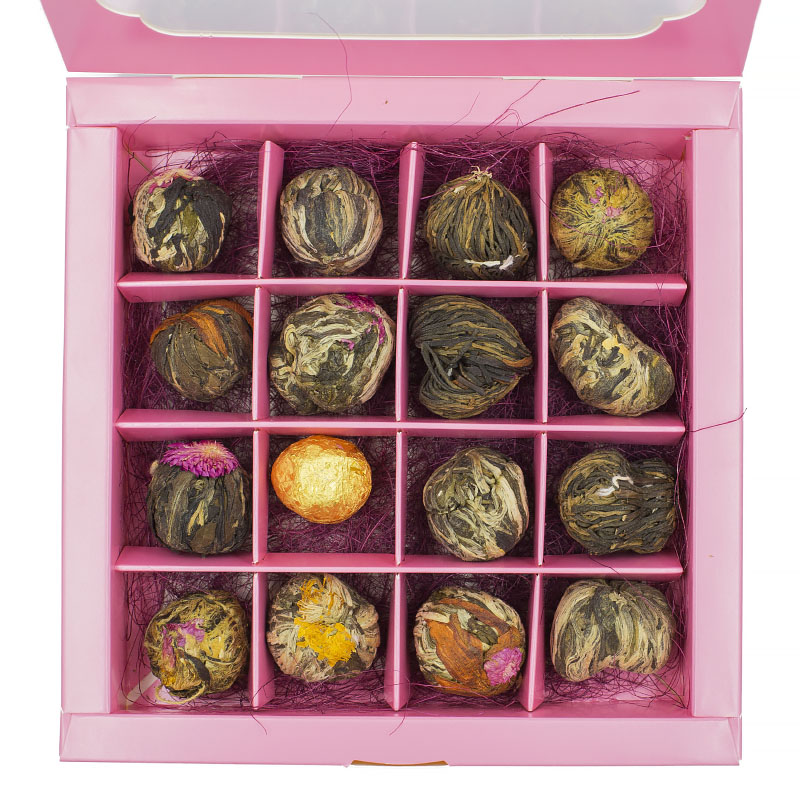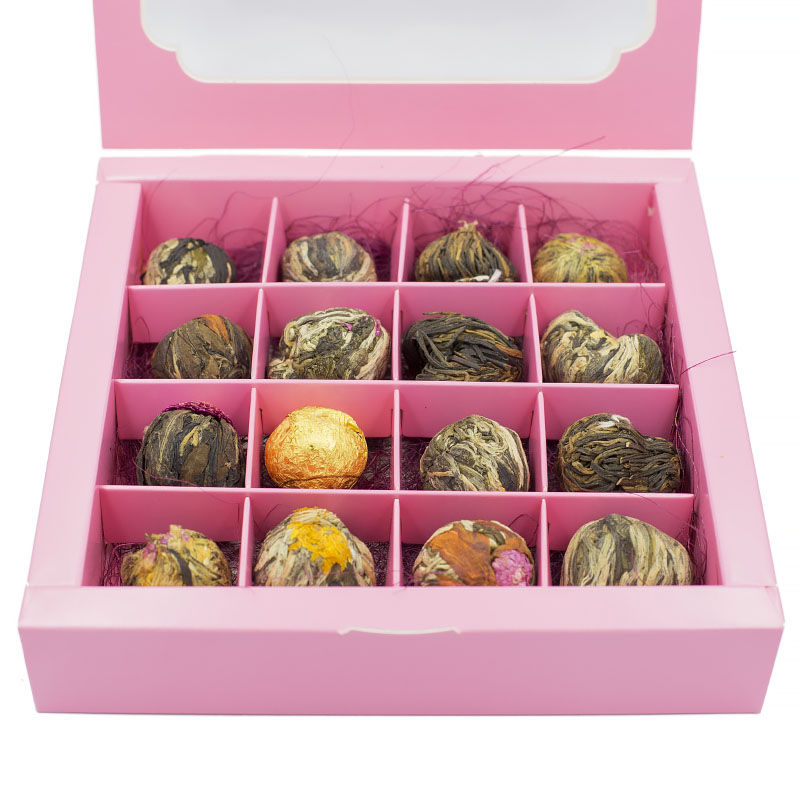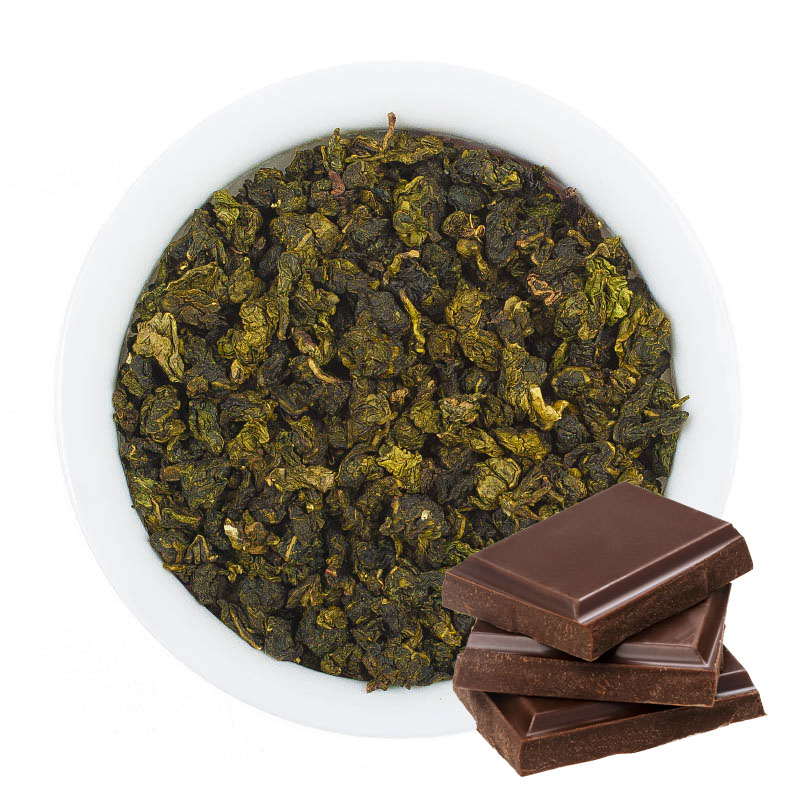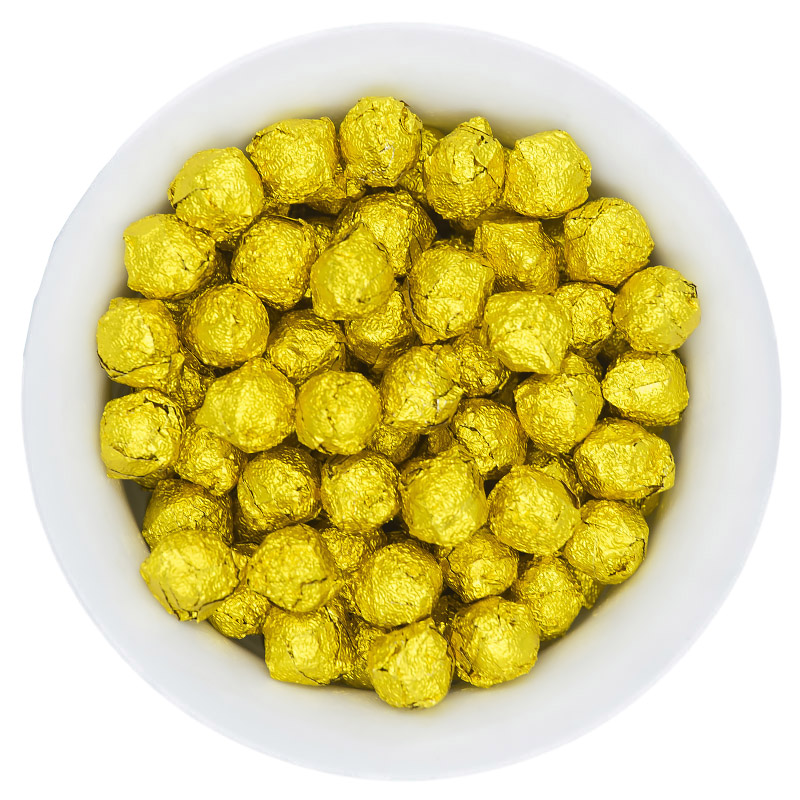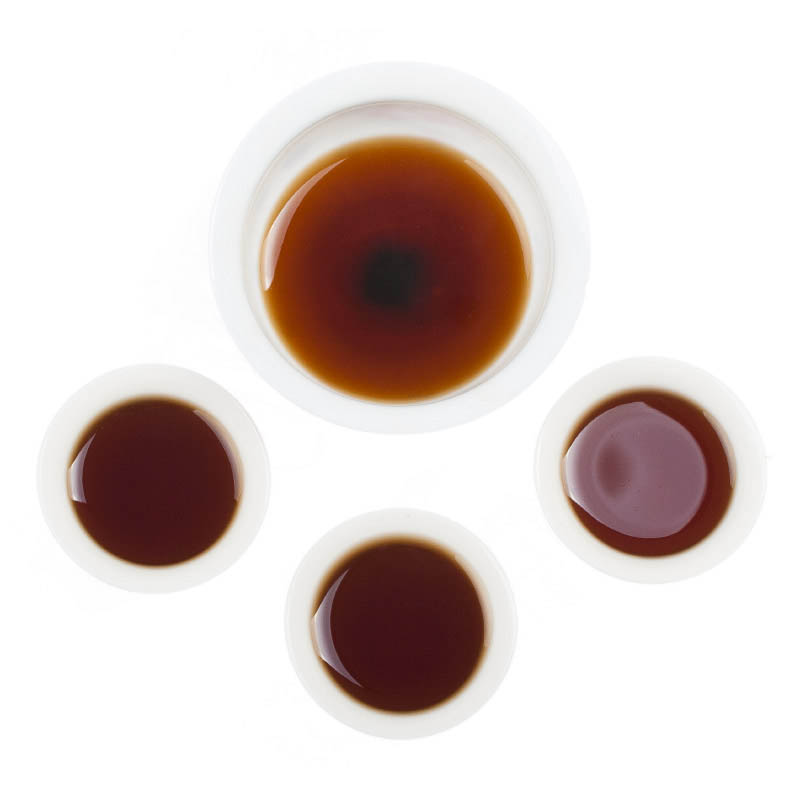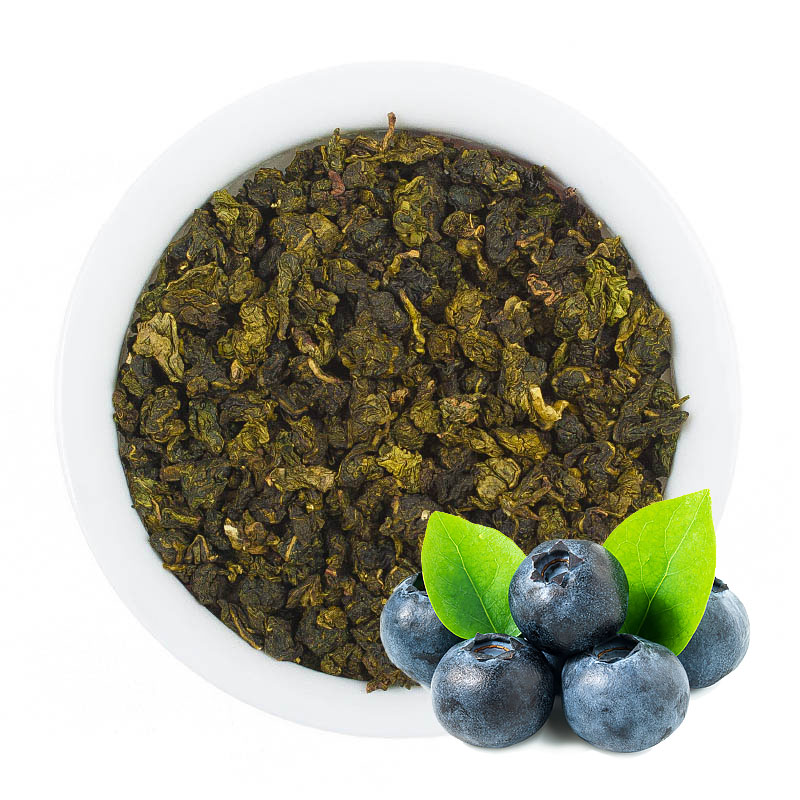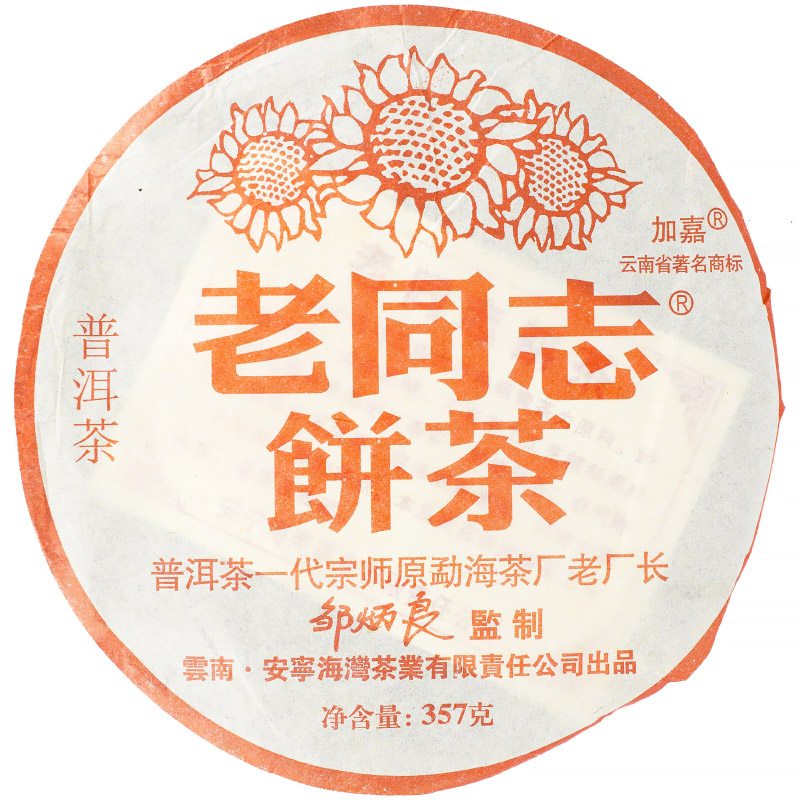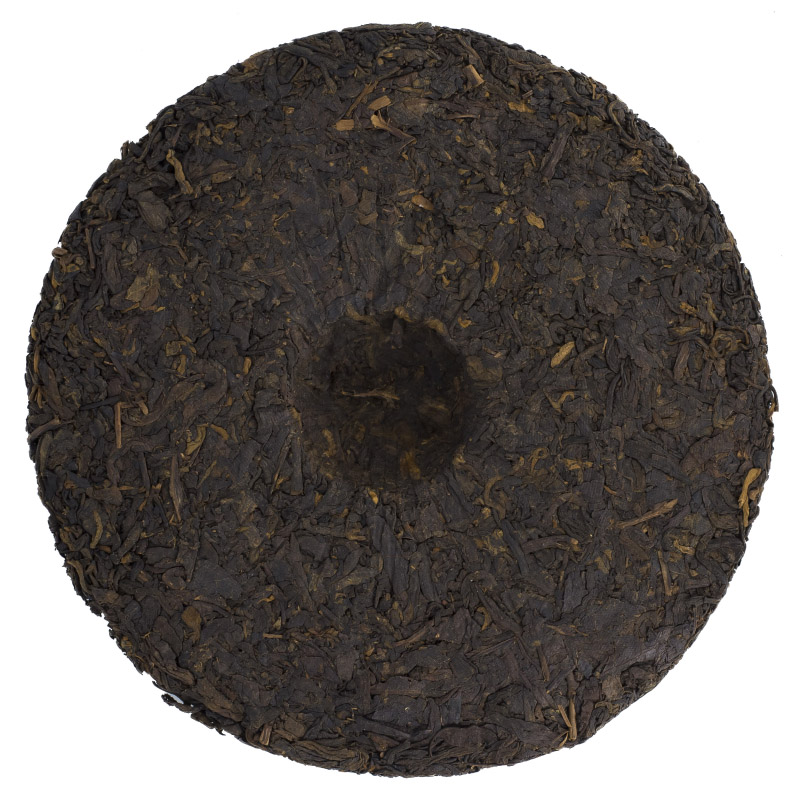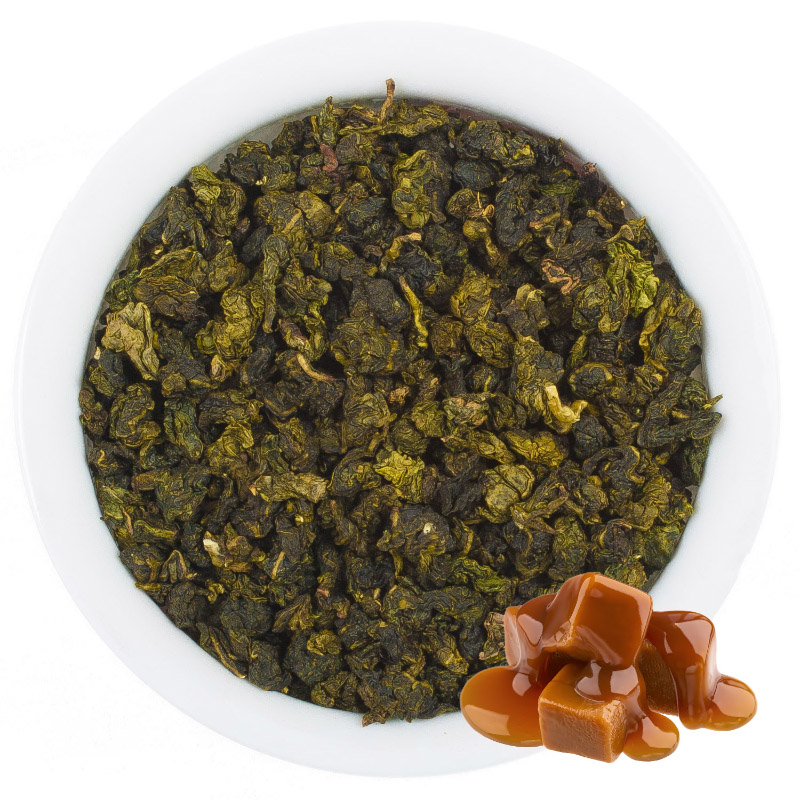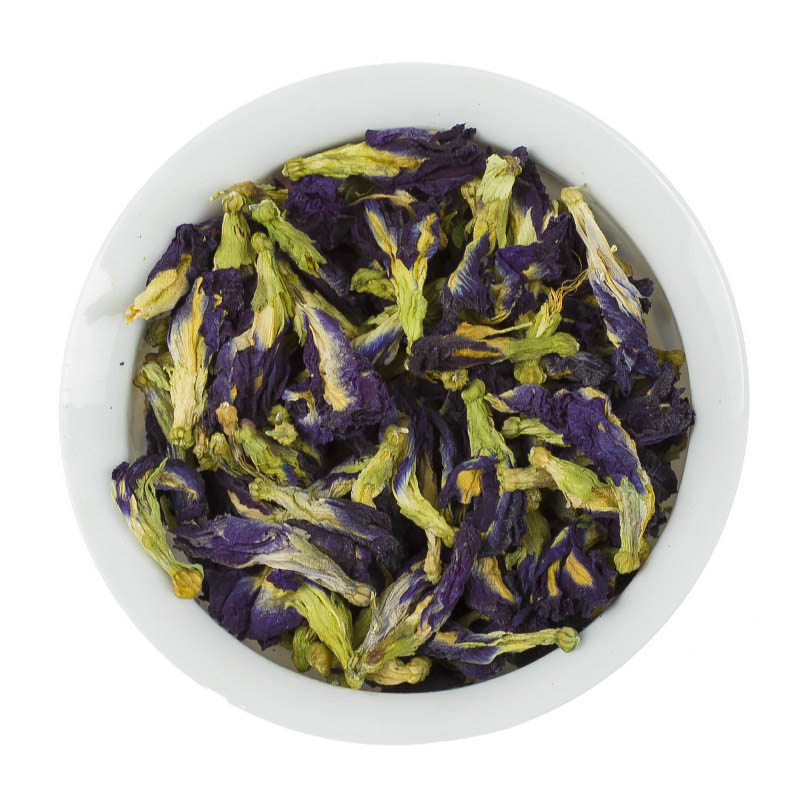Contents
- China
- India
- Japan
- Morocco
- England
For many of us, tea drinking often comes down to sipping hot liquid from a teabag in a cup during breakfast, lunch, or dinner while scrolling through news on a smartphone, or grabbing it on the go in a plastic cup. However, in many parts of the world, tea has become a true ritual. It’s worth exploring the history of tea drinking to better appreciate this remarkable beverage.
Tea traditions beyond our usual perception:
- China. We should start with China, because although some claim that India is the birthplace of tea, it was actually first enjoyed in China. According to legend, Emperor Shen Nong, who was concerned about the harmful effects of drinking raw water, ordered that all water be boiled. One day, some tea leaves accidentally fell into a pot of boiling water. The emperor liked the taste — the drink not only quenched his thirst but also invigorated him. Tea was then recommended as a medicinal remedy, a thirst-quencher, and a beverage for clarity of thought. In the 8th century, scholar Lu Yu wrote a treatise on tea and tea drinking. To this day, tea is prepared using the Gong Fu Cha method — the highest form of tea-making mastery. Most often, oolong tea is used, served in small red porcelain cups.
- India. Today, India is one of the largest tea exporters, though much of the tea remains within the country, as Indians love drinking tea. The most popular drink is Masala Chai — a mix of black tea with spices such as nutmeg, cinnamon, pepper, ginger, and cloves. In some states, milk is also added. Masala Chai is enjoyed in the morning and offered to neighbors and guests. Street stalls selling Masala Chai are traditional meeting points and places to share news.
- Japan. In Japan, tea was once reserved only for Buddhist monks who used it for meditation. Later, it spread beyond the monasteries. Today, the traditional ceremony still involves powdered green matcha tea. It’s prepared for guests during quiet, calm conversations that promote relaxation. The core principle of the ceremony is simplicity, or “wabi,” which fosters freedom of thought. Tea houses and utensils resemble humble, rural objects. Cleanliness, silence, and simplicity bring participants into harmony with themselves and the world — a reflection of Zen Buddhism.
- Morocco. Tea was introduced to Morocco in the 18th century. Locals embraced green tea and developed their own tradition. Tea is served in ornate teapots and poured into clear glasses. It’s brewed in a special way to make it strong and rich. A lot of sugar and fresh mint are added. Pouring the tea is a ritual itself: the teapot is lifted high and the tea is poured in a thin stream to create a frothy foam — a key element of Moroccan tea culture. Once the foam settles, the glasses are filled to the brim.
- England. Traditional English tea time is known as Five o’clock. According to historical accounts, it was initiated by the Duchess of Bedford, who struggled with the long gap between lunch and dinner. She began taking tea with light snacks in the afternoon. The idea quickly spread among the aristocracy and later among the working class, supported by the growing number of tea rooms. In aristocratic homes, tea is served with fine porcelain, and the hostess ensures that the flavor of the snacks does not overpower the perfectly brewed tea. Earl Grey is the most commonly used tea, often served with milk. Today, many Brits also enjoy it with lemon — a custom borrowed from Russia.
Interestingly, Queen Elizabeth I of Great Britain helped spark the tea tradition in Morocco by gifting beautiful tea sets to the local king, which played a role in shaping the Moroccan tea ritual.
